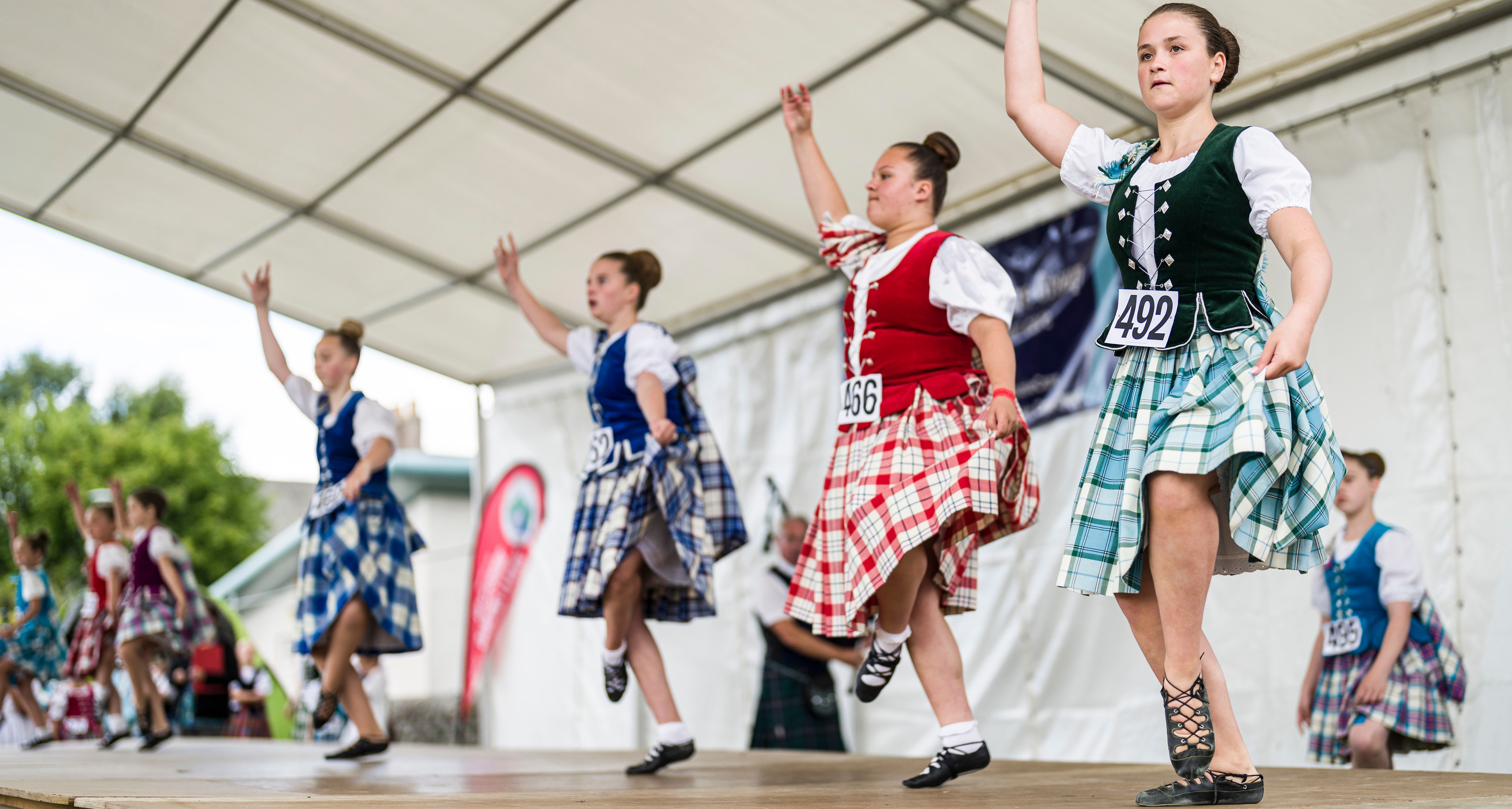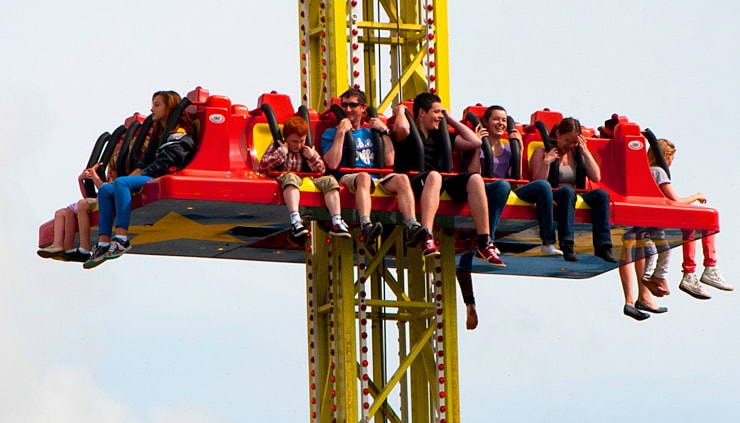Highland Dancing sponsored by Campion Homes
No event at any Highland games encompasses such verve, enthusiasm and colour as Highland Dancing and what better sight and sound can there be that encapsulates the very essence of Scotland than the bagpipes accompanying a kilted dancer, swaying and pirouetting to traditional airs!
Highland Dancing is regarded as being one of the most sophisticated forms of national dancing in the world and whilst it is almost impossible for dance historians to separate fact from fiction when researching the more popular Scottish dances, the following explanations have gained great currency, probably because they are imaginative and picturesque stories.
Traditionally, dancing competitions included just four standard dances - The Sword Dance, The Sean Triubhas, The Reel of Tulloch and The Highland Fling but in 1986 a couple of imports were added to the repertoire - The Sailor's Hornpipe and the Irish Jig.
The Highland Dances
The Sword Dance - Gille Calum or Gille Chaluim - Said to have originated in 1054 when King Malcolm Canmore clashed in battle near Dunsinane with one of Macbeth's chiefs. Having slain his opponent, Malcolm crossed his claymore with that of his opponent to make the sign of the cross and danced in exultation over them. After this time, it is said, clansmen would cross their swords prior to battle and if they could complete the war dance without touching the swords, it signified that they would be the victors.
The Seann Triubhas - Said to reflect the highlander's desire to shake off the hated Sassenach trousers that Scots were forced to wear when the kilt was prohibited after the 1745 rebellion. The dance is performed in the then much-hated triubhas (pronounced trews) and the slow tempo shows the dancer's disgust. The quicker steps show either the dancer's attempts to shake off the offending garment, or the pleasure at the rescinding of the ban in 1782. The very great French influence on Scottish culture is shown by the embellishments such as pirouettes and the final French-style entrechat. The Reel of Tulloch Originated in the north east village of Tulloch one win- ter morning long ago when the minister was late in arriving. The assembled congregation waiting outside the church doors, stamped their feet and clapped their hands to keep warm and as someone began to whistle a Highland air, the movements developed into a lively dance.
The Highland Fling - Together with the Sword Dance, the Highland Fling is probably the most famous of Scottish dances. Thought to have originated in about 1790, legend has it htat an old shepherd was giving chanter lessons to his grandson on a hillside when he saw a stag rearing and wheeling in the near distance. He asked the boy if he could imitate the stag's dance which he did, and hence, the steps and the graceful curve of the arms and hands depicting the stag's antlers. The dance is performed on the same spot throughout and this is held to be because the clansmen of old danced it on their large (leather covered, studded shield). Another more prosaic explanation is that the dance evolved as a solo performance of the reel.
The Sailor's Hornpipe - It is likely that the Sailor's Hornpipe was originally performed on the wet deck of a ship, in bare feet. Accompaniment may have been the music of a tin whistle or from the 19th Century, a squeezebox. Samuel Pepys referred to it in his diary as "The Jig of the Ship" and Captain Cook, who took a piper on at least one voyage is noted to have ordered his men to dance the hornpipe in order to keep them in good health. The dance on ship became less common when fiddlersw ceased to be included in ships' crew members. In dramatic stage productions, from around the sixteenth century, a popular feature was a sea dance. But the nineteenth century saw the more familiar form of the "sailors' hornpipe" introduced. Nautical duties (for example the hauling of ropes, rowing , climbing the rigging and saluting) provided the dance movements.
The Irish Jig - The Irish Jig is not really a highland dance but has been a central feature of any highland dance competition for years. This dance represents the argument between the man and the wife about her shrinking her husband's breeches. The wife puts up the most feisty of defence as its clear from the agitated movements during the dance.






